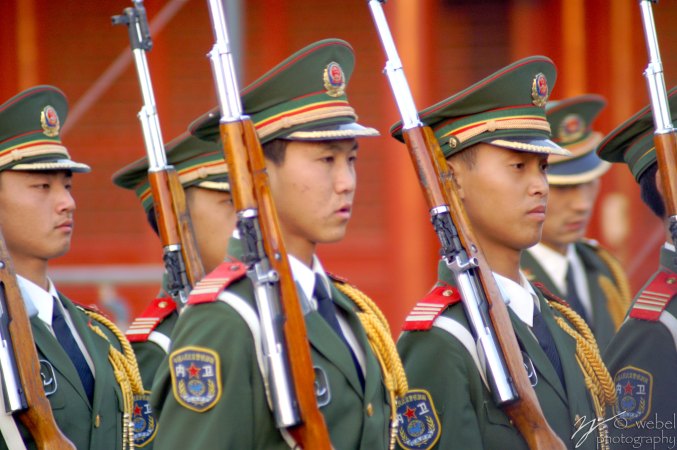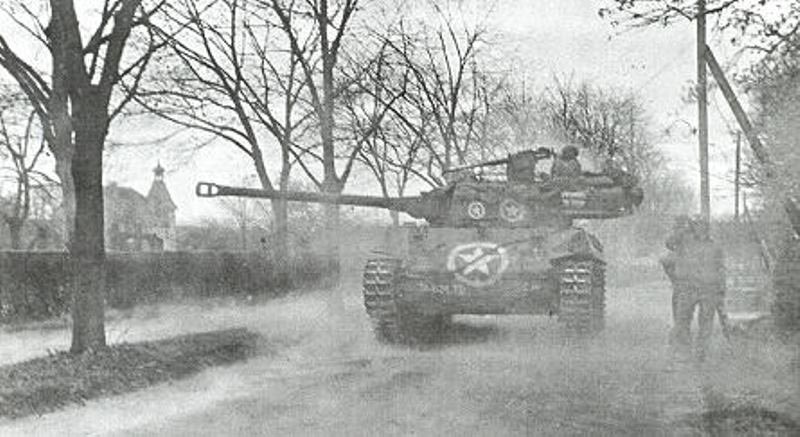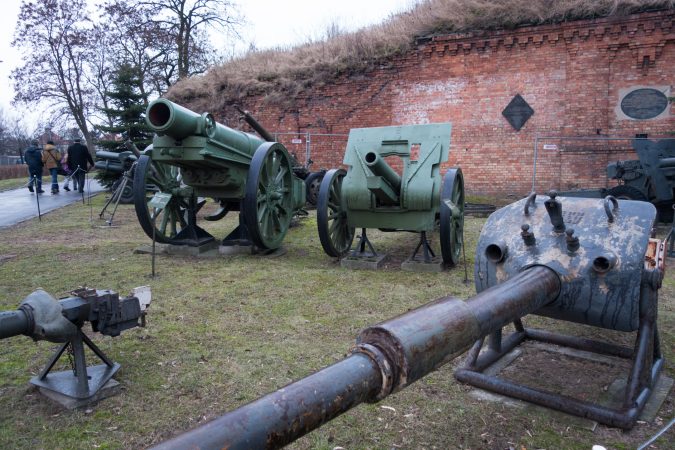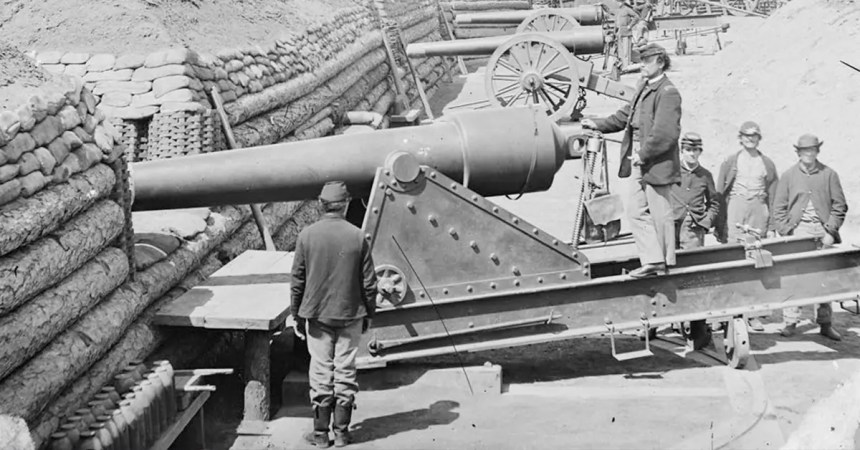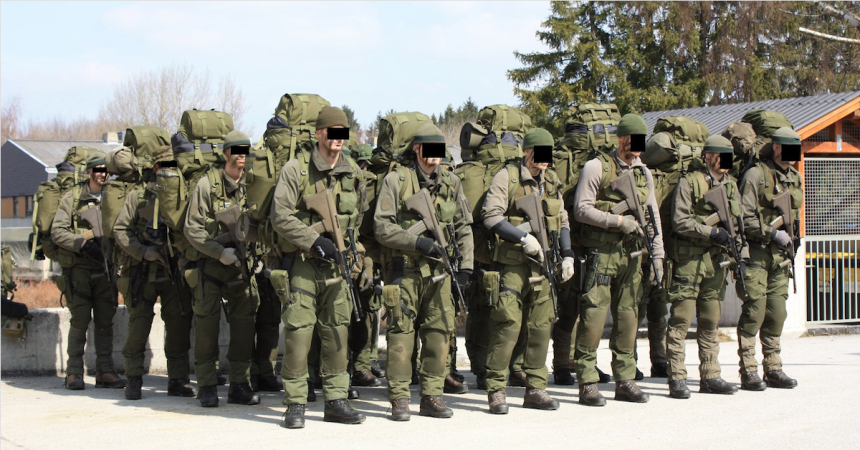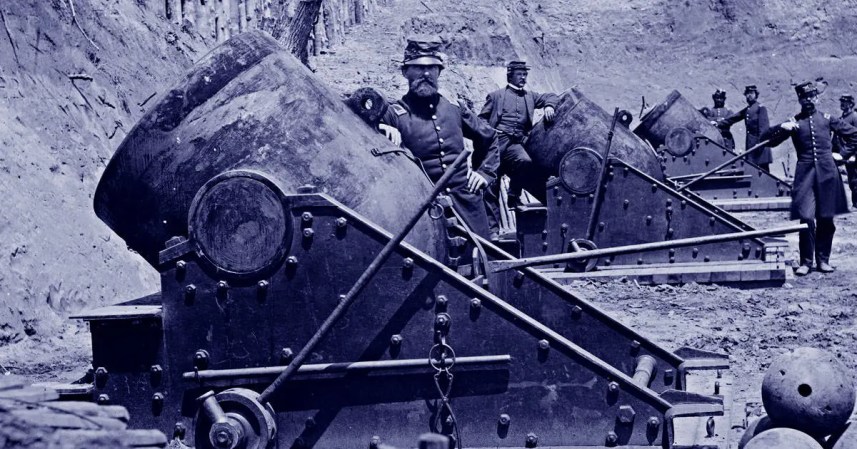Artillery, the “King of the Battle,” has been crucial to land warfare since cannons were made of wood, but recent developments with battlefield sensors and networking may ensure that artillery sits atop the heap during a future war with China or Russia.

Oscar Battery, 5/14, blast through ITX 4-17
While World War III might be fought in megacities, where infantry and cavalry will reign supreme, a fight in the South China Sea or on the plains of Ukraine pretty much guarantees that soldiers and Marines will be looking to get high explosive warheads raining on the enemy, and recent Army and Marine Corps breakthroughs are ensuring that the artillery troops will be ready for the challenge.
First, in case of war over the South China Sea, America needs to be ready to fight where the enemy has local superiority of forces and is on near technical parity. America’s ships are larger and stronger on average than China’s, but China has 300 more ships and can focus nearly all of it forces on a fight in the Pacific and Arctic while the U.S. will still have obligations in the Middle East and the Atlantic.
That means the Navy will need all the help it can get from Marines and soldiers, and the Marine Corps has figured out how to get their High-Mobility Artillery Rocket Systems into the ship-on-ship fight. A 2017 test showed that HIMARS parked on an amphibious transport dock can hit targets over 40 miles away, and an October 2018 test proved that the HIMARS can successfully sync those shots with F-35Bs and their sensors.

Army fires HIMARS in support of Air Force operations during Red Flag-Alaska in Alaska in October 2018.
(U.S. Air Force Airman 1st Class Jonathan Valdes)
So, if the Navy gets into a fight, the Marines can fire long-range rockets in support, essentially turning amphibious ships into over-sized missile destroyers. And that’s before the Marines land the rockets on islands and then impede Chinese naval operations in a wide area around the land.
The Army’s HIMARS should have no issue plugging into this same system, and the Army is also developing howitzers with double the range of its current weapons, possibly topping 80 miles, allowing them to assist naval forces with a cheaper cost per shot.
But the Army is actually researching multiple range extension technologies, and its “moonshot” research aims for artillery that can reach over 1,000 miles. The Strategic Long Range Cannon is very hush-hush and likely not very advanced yet, but it calls for an Army weapon with a range of 1,150 miles, over twice as far as any successfully tested or even proposed cannon from history. It’s 10 times as far as the Navy’s railgun prototype.

The High-Altitude Research Project, or HARP, featured a massive cannon that tested firing rounds with extreme force, once launching a round 112 miles into the air, but it still paled in power compared to what the Army would need to fire rounds laterally 1,150 miles.
(Department of Defense)
If successful, a handful of cannons in the Philippines, Taiwan, and Japan could strike targets across the Russian and Chinese coasts. A weapon south of Seoul, South Korea, could cover all of North Korea, Northeast China, and could even strike targets in Mongolia, if it came to that. Beijing lies well within range of a Strategic Long Range Cannon in South Korea.
But of course, these weapons would likely have to be stationary. All cannon shots that flew over 100 miles have been fired from artillery built into a site. And Chinese and Russian forces would focus on destroying artillery with the ability to pelt their cities with constant bombardment.
So, the Army would need to defend these weapons and fortify them, but it would be worth it for land-based artillerymen to be able to have a direct effect on any naval battles in the disputed waters in the Western Pacific.
But all of these weapons and upgrades would also have a great effect on combat in Eastern Europe. A Strategic Long Range Cannon west of Berlin could strike over 100 miles into Russia. Build them in Finland, Estonia, or Latvia, and you can hit as deep as Volgograd, crossing Moscow in the process. And HIMARS receiving targeting data from F-35s can likely have just as much impact on Arctic fighting or conflict in Europe as they could in the South China Sea.
When the fighting of World War III moves into the cities, artillery may be too destructive, too imprecise to rule the day. But when it comes to conflict in the ocean and open grasslands, artillery may be the most potent weapon that ground pounders can bring to the fight.




